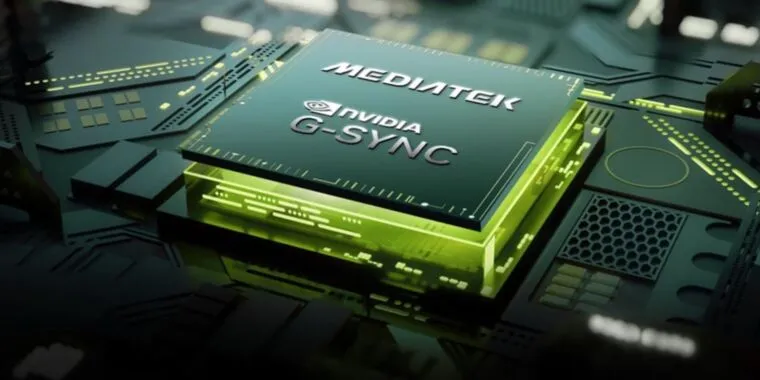Back in 2013, Nvidia introduced a new technology called G-Sync to eliminate screen tearing and stuttering effects and reduce input lag when playing PC games. The company accomplished this by tying your display’s refresh rate to the actual frame rate of the game you were playing, and similar variable refresh-rate (VRR) technology has become a mainstay even in budget monitors and TVs today.
The issue for Nvidia is that G-Sync isn’t what has been driving most of that adoption. G-Sync has always required extra dedicated hardware inside of displays, increasing the costs for both users and monitor manufacturers. The VRR technology in most low-end to mid-range screens these days is usually some version of the royalty-free AMD FreeSync or the similar VESA Adaptive-Sync standard, both of which provide G-Sync’s most important features without requiring extra hardware. Nvidia more or less acknowledged that the free-to-use, cheap-to-implement VRR technologies had won in 2019 when it announced its “G-Sync Compatible” certification tier for FreeSync monitors. The list of G-Sync Compatible screens now vastly outnumbers the list of G-Sync and G-Sync Ultimate screens.



Meaning, the same in blue?
No. Nvidia will be licensing the designs to mediatek, who will build out the ASIC/silicon in their scaler boards. That solves a few different issues. For one, no FPGAs involved = big cost savings. For another, mediatek can do much higher volume than Nvidia, which brings costs down. The licensing fee is also going to be significantly lower than the combined BOM cost + licensing fee they currently charge. I assume Nvidia will continue charging for certification, but that may lead to a situation where many displays are gsync compatible and simply don’t advertise it on the box except on high end SKUs.